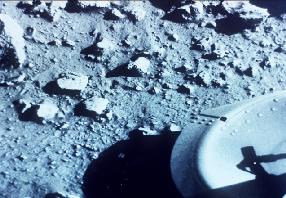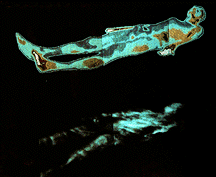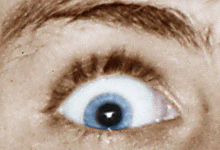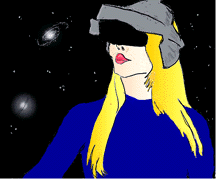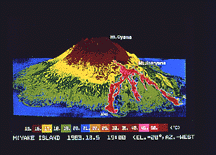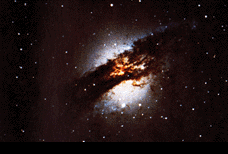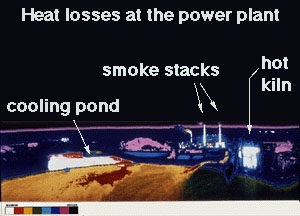Exploratour - Mars Exploration
Viking Missions
The Viking missions to Mars were part of a series of U.S. efforts to explore and better understand the red planet. Each spacecraft consisted of an orbiter and lander. The landers were sterilized before launch to prevent contamination of Mars with organisms from Earth. Their objectives were to obtain highly detailed pictures of the Martian surface, learn about its composition, and search for life. Viking 1 was launched on Aug. 20, 1975, followed later that year on Sep. 9 by Viking 2.The landers confirmed the Mariner missions' bleak findings about the "lunar-esc" Martian landscape, and performed soil studies similar to those performed by Mars Pathfinder (MPF). The soils examined by the Viking missions were found to be similar, but unlike those explored by MPF!
Among other things, measurements from the Viking orbiters helped
establish the enormous size of Olympus Mons, which was first imaged by Mariner 9. Viking made more complete measurements of the shape of Mars, measurements
which help scientists understand the interior of the planet and the existence of the bulge called Tharsis Ridge.


